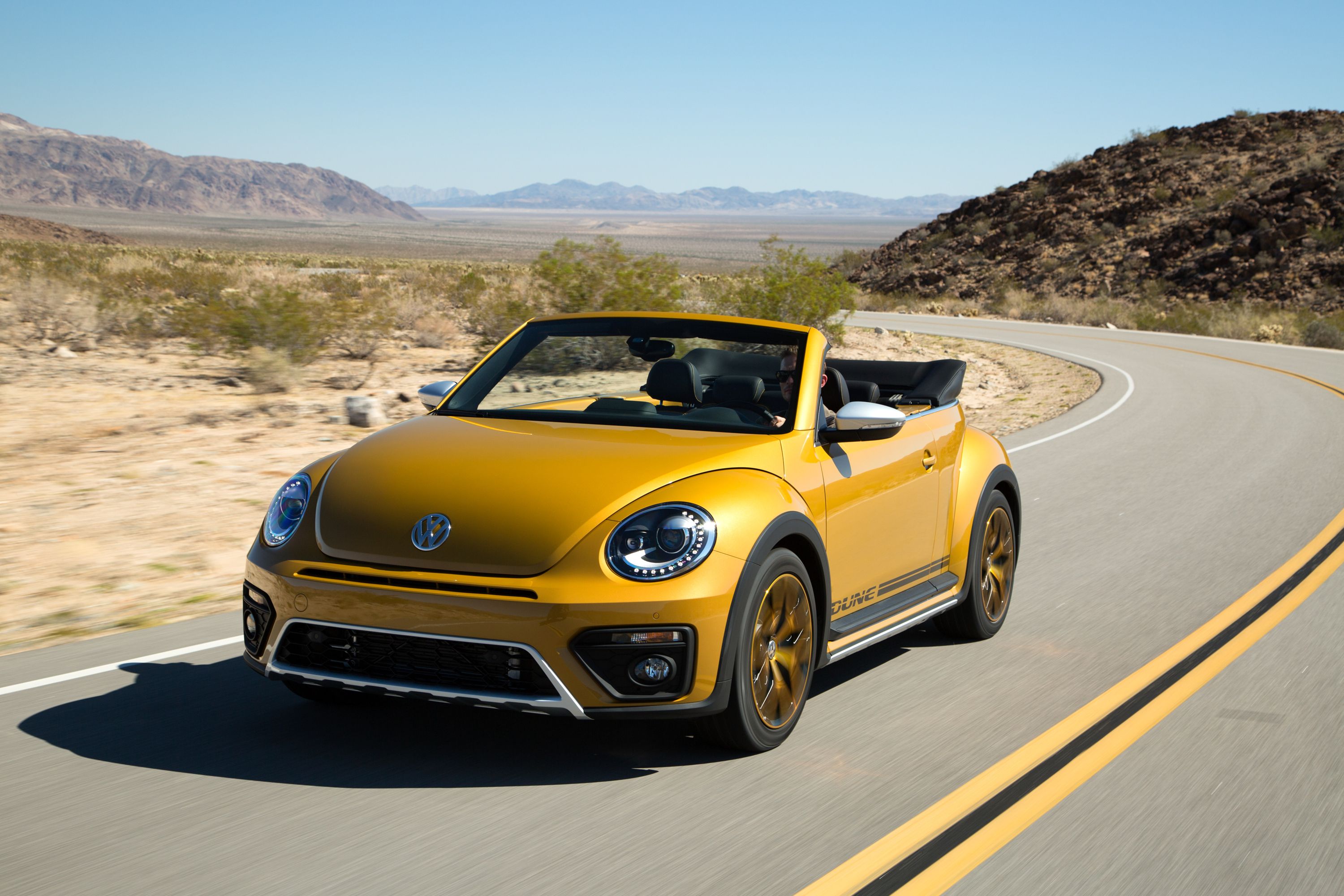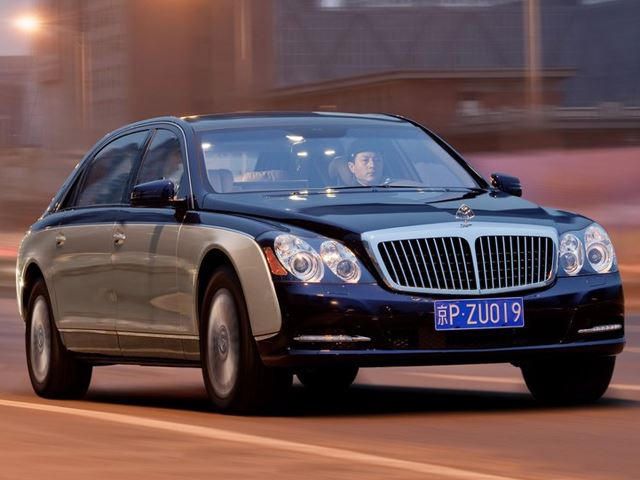
History repeating seems to be a guiding principle in the modern automotive industry. Some automakers reach back into their archives to revive old nameplates, while others work to bring back entire brands. Some of these ventures, like Mini, Abarth and Bugatti succeed, holding on in a competitive marketplace at least as well as their forbearers. But not every revived auto marque can make a go of it. Here are five brands that, despite their earlier success, have failed to emerge from the history books back into relevance.
Perhaps the most notable of these failed revivals was Maybach. Seeing what its rivals BMW and VW had done after taking over Rolls-Royce and Bentley, Mercedes-Benz wanted a top-tier luxury marque of its own. So it reached back by a century into its archives to bring back Maybach. Originally a subsidiary of the Zeppelin airship company, Maybach thrived from 1909 but died out around the Second World War. Having bought the company and its name in 1960, Daimler revived Maybach in 1997. It built two variants of the same luxury limousine, but found few customers and ultimately pulled the plug earlier this year.
The failed revival of De Tomaso was more disappointing. The company once known for cars like the Mangusta and Pantera was bought by former Fiat executive Gian Mario Rossignolo, who planned a series of new vehicles. Rossignolo's relaunched De Tomaso brand unveiled the Deauville crossover at the 2011 Geneva Motor Show, and was planning a new Pantera sportscar as well, but ultimately funding dried up and potential Chinese investment dissipated before anything could be brought to production. And so De Tomaso disappeared back into the history books once again.
With roots in carriage-building tracing back to 1835, Diatto made motor cars between 1905 and 1929. To coincide with the marque's centenary, Italian coachbuilder Zagato – which had designed some of Diatto's original vehicles – planned to relaunch the brand. The Diatto Ottovu Zagato debuted at the 2007 Geneva Motor Show with a bit of an odd form but some hallmark Zagato design elements. The carrozzeria reportedly sold a couple of the V8-powered GTs to a pair of wealthy clients, but that was as far as the revival went. Then again, maybe that's as far as it was meant to go in the first place.
Aston Martin bought Lagonda in 1947, but has since struggled to find what to do with the brand. Lagonda was turned into a nameplate for a few models here and there, most of them emerging as little more than four-door versions of existing Aston GTs. Aston planned a revival to coincide with Lagonda's centenary in 2009, and brought a Lagonda concept crossover to the Geneva show that year. But the concept was poorly received and the project eventually petered out. Aston is still reportedly considering building a crossover, but whether it wears the Lagonda name or not remains to be seen.
Our list ends with Melkus, the most recent of the failed auto revivals. The original company made racing and sports cars between 1959 and 1986 when it closed, but the founder's son revived it for a while with the RS 2000. The new Melkus was based on a Lotus chassis with custom bodywork featuring gullwing doors and used a turbocharged Volkswagen engine. But after struggling to reestablish its name and find enough customers to keep it afloat over the course of six years, the company filed once again for bankruptcy last August. And so Melkus, like Maybach, Diatto, De Tomaso and Lagonda, disappeared once again into the annals of history.

